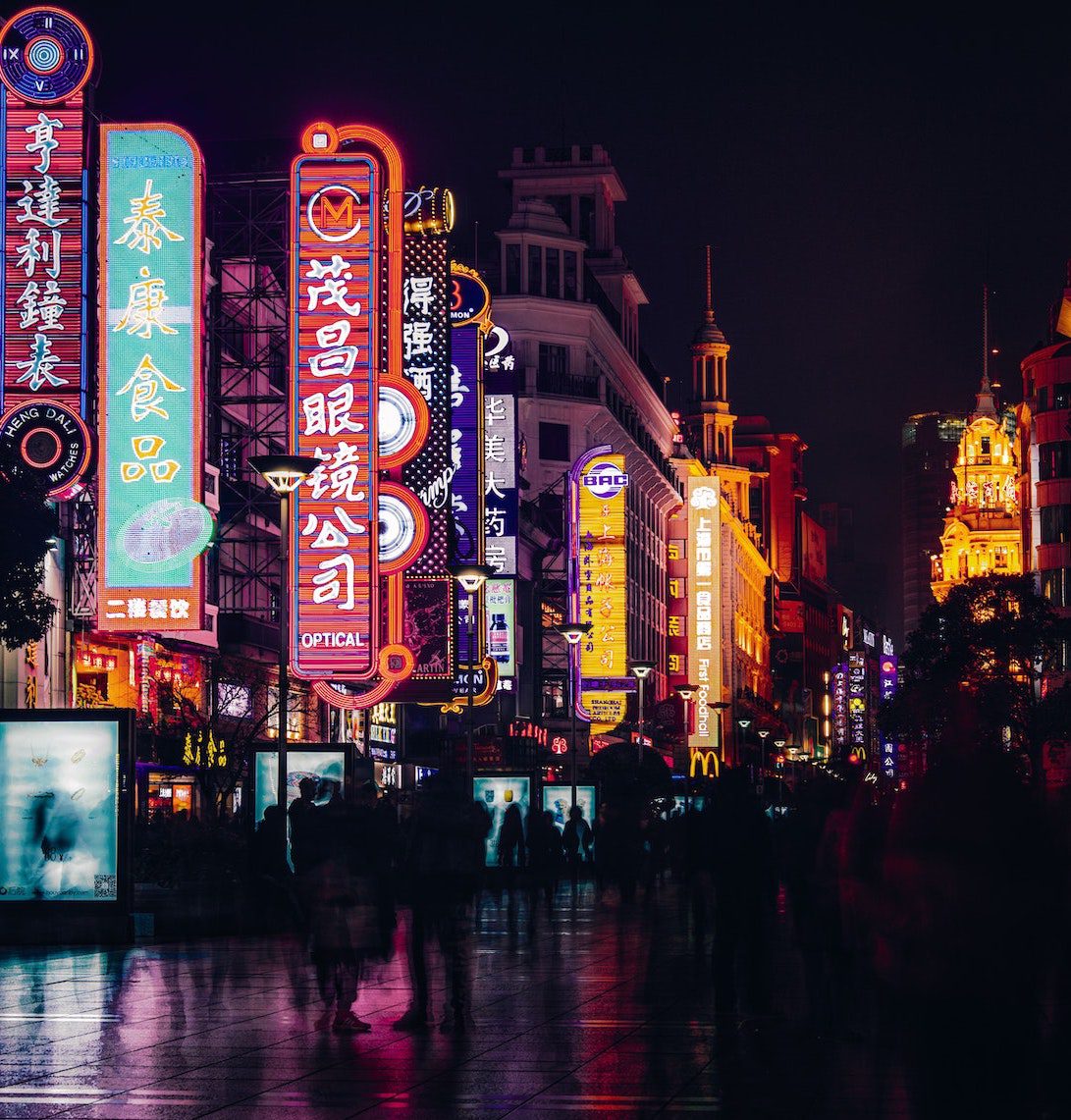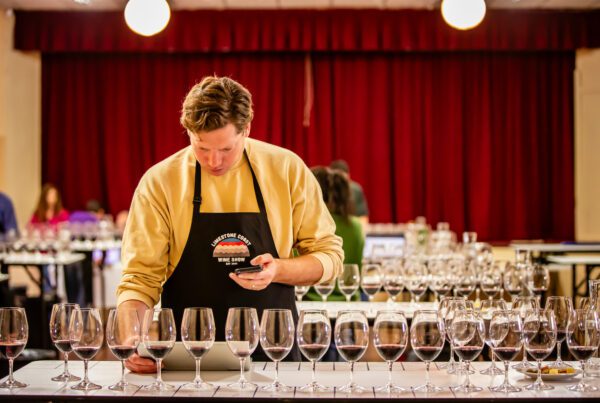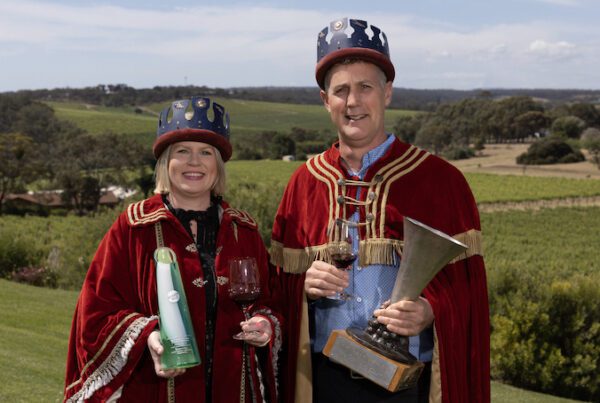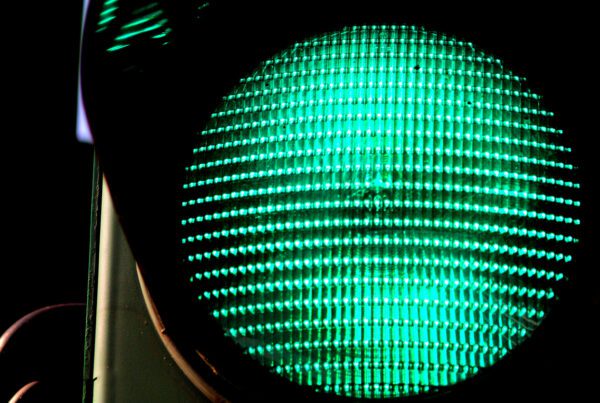
As the fires raged in northern California, the wine analysis labs were snowed under.
At the time of writing, there was a three week wait for smoke taint analysis, which, as anyone who has been through it would attest, is an impossible situation for the grower and the winemaker, or for those who do both.
With the experience of 2020 fresh in our minds, seeing this situation makes me even more grateful for our AWRI services that were able to handle thousands of samples and to fast track the results, which was crucial.
The news coming from the tests was at times terrible, at times excellent, and often somewhere in between, but the certainty was priceless, as everyone was able to make calls based on some solid information, often backed up by their own sensory analysis, and then move on.
Given that you might be picking some grapes for micro-ferments and for juice analysis 10-14 days before the ideal harvest date, a three week delay makes the testing process far less useful.
It’s a good example of a service, and a capability, that we can only truly appreciate once we need it.
The investment in the resources and expertise can feel like a luxury during those times that they’re not needed.
The sort of certainty that smoke taint analysis can bring allows us to make better decisions, and to make them more quickly.
In other parts of the wine business we are also facing a lot of uncertainty, related to Covid, and related to China, for example.
But like developing the testing capacity that proved so valuable, there are things that we can do during peace time that will make the worst-case scenarios far less damaging to our businesses.
Achieving some diversity in our markets is an obvious course of action, but one that takes a lot of discipline and planning.
To sacrifice some volume and revenue by diverting time and money (and wine) to growing markets (be they export or domestic, on-premise, independent retail, chain retail, online retail or DTC) that are less profitable than China, is not easy when there are good volumes and margins on offer from China.
How many winery owners or boards would be happy with 10 percent less revenue, if it meant that the business was more robust, with a better spread of markets delivering the revenue?
The hardest part is that these decisions and actions need to be taken when the fire is not burning, when the exports to China are not under threat.
You might think at this moment that Penfolds are vulnerable to their China exposure, and to an extent they are.
However their exposure is quite different to many wineries, because their relationship with China is not just a trading relationship, but an immersive brand building relationship.
There is a big difference between selling wine in China and building a brand.
Most Australian wineries selling to China have been doing the former, while Penfolds have been doing the latter.
Their investment is multi-layered and deep and as a result their business there is quite robust.
As a result, they are likely to be the last one to suffer, and the first to recover, unless the market is completely kaput.
If you think of your business’s strongest accounts during the disruption of Covid, the relationships that are strong will remain strong, and recover quickly.
The challenge here is to examine where and how we are adding value, building business that enhances the brand reputation in the long term. Some trading can be useful, can help with stock levels and cashflow and can solve short-term problems.
A business built solely on trading, though, is not well placed to survive turbulence.
The situations with China, with Covid, and with the fires, are all reminiscent of the Warren Buffet line, that only when the tide goes out can you see who’s been swimming naked.
If we want to have robust businesses, we need to manage our risks and our exposures to individual markets, products and categories.
We also have to accept that the work we do to mitigate those risks will not show up on the P&L or the Balance Sheet during the easy times, when the tide is high.
If anything the volumes will be lower, and profitability less exciting, because we are investing in markets rather than just trading, and we are not just working with the easiest, or what happen to be the most profitable markets, of the day.
If any year reinforces the value of our sales coming from 10 different markets each contributing 10 percent, rather than two markets contributing 50 percent each, it is 2020.
• This article first appeared in the September-October issue of WBM – Australia’s Wine Business Magazine. To subscribe click here.
Photo by Krzysztof Kotkowicz on Unsplash









Recent Comments